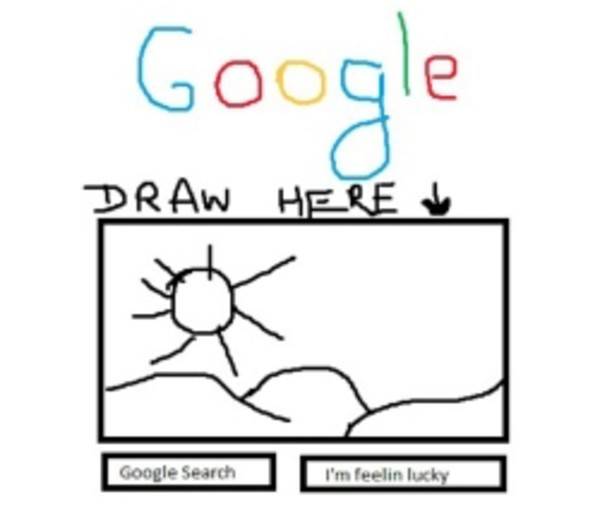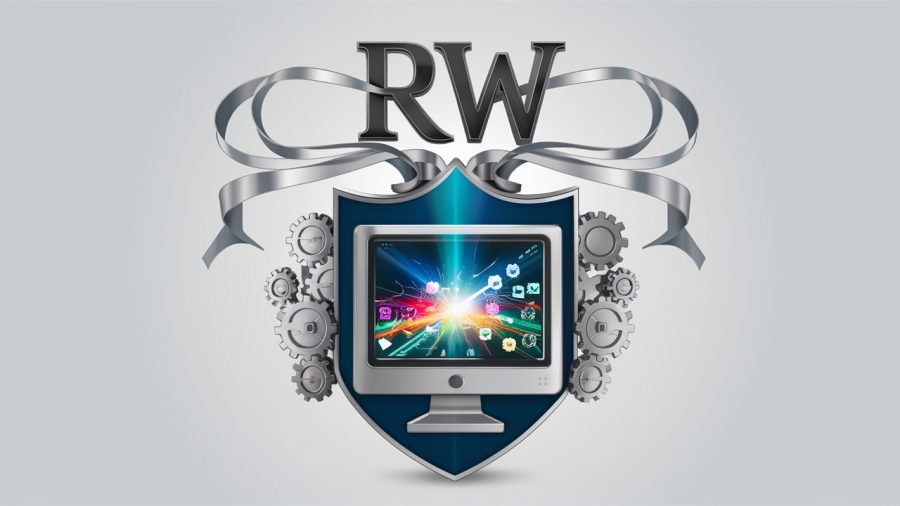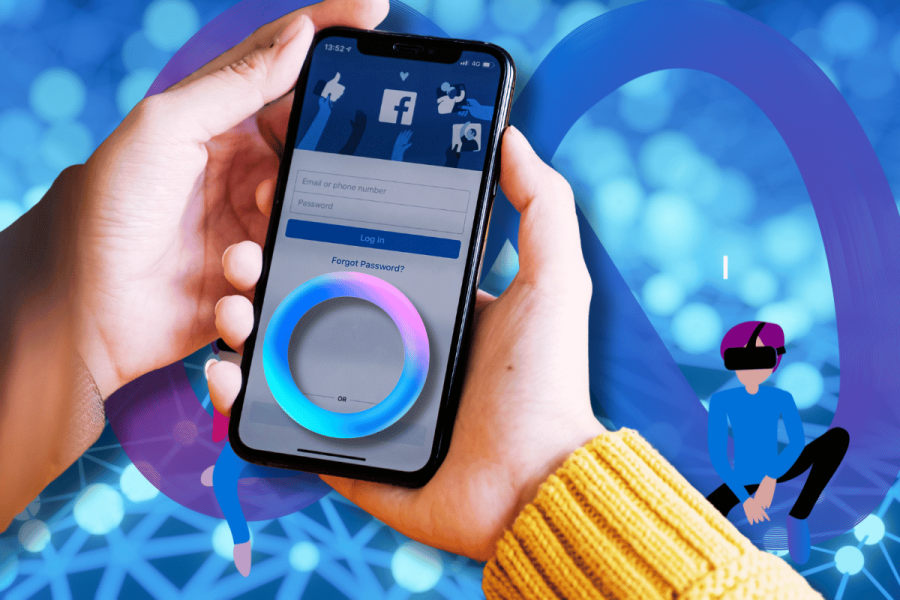The stories that we hear about teens and technology often border on hysteria. Technology is ruining their grades. It’s ruining their eyesight. It’s making them fat. It’s exposing them to dangerous people, dangerous ideas. It encourages stupid, senseless behavior – the sorts of things that will ruin their lives forever.

Sure, it’s easy to dismiss some of this as a fairly standard cultural response to new technology and to shifting cultural norms. Many of these fears echo those we’ve heard about other, older technologies – video games, the television, the phonograph, the telephone.
And yet the stakes do seem much higher now, in part because of the speed with which information can travel. A message – or more damning, a photo – can go viral, spreading gossip far beyond the school grounds or the local community.
Fears: Teens and Sexting
Nowhere are we seeing that play out more than with sexting. And the media hubbub surrounding Anthony Weiner aside, it’s been teens and sexting that has stirred up the most frenzy. At ReadWriteWeb’s 2WAY Summit this week in New York, researcher danah boyd discussed teen sexting and its impact on the tech industry. (You can read her notes from her talk here.)

Teen sexting vexes us, of course, because of the technology. Darn those teenagers and their rampant texting! Oh, and of course, the easy virality of these intimate photos. But it’s also a social or cultural problem: we like to pretend that teens aren’t sexual. And finally – and here’s where it can be devastating even beyond the rapid spread of personal photographs – teen sexting is often a crime. Because of child pornography laws, sexual photos of underage minors can result in a criminal record and/or being on a sexual predator list for the kids involved.
And it can – and probably will, predicts boyd – be a big problem for technology companies. After all, it is a crime to host child pornography. And while the adage of “I know pornography when I see it” is often bandied about, it really is quite complicated when it comes to material related to teens and sexting. How old are the participants? How explicit is the content? What was the intention behind the image’s creation? Behind the image’s sharing?
boyd offered no answers and no clear plan forward for the tech industry. “Sexting represents a trainwreck where policies and politics have collided with the tech industry in the most uncomfortable ways possible. And not because the tech industry is trying to misbehave but because no one has the perfect solution.”
Hopes: Kids As Makers, Not Just Consumers
On Day 2 of the RWW2WAY Summit, I moderated a panel that, in almost all ways, could not have been more different than danah boyd’s talk. The panel examined what we can learn from kids imagining and building the future of technology, and I was joined by Steven Muskin from Latitude Research, Vanessa Van Petten from Radical Parenting magazine, and Andrés Monroy-Hernández, a PhD Candidate at MIT and creator of the online community around the programming language Scratch.

Van Petten discussed the ways in which kids who are growing up around technology have a new social e-literacy, but one that could easily be deemed social illiteracy by adults. She also noted the way in which technology and identity go hand-in-hand for kids – the ways in which they imagine (and often hope) that people see them. “I am one YouTube video away from a million people seeing me,” said one of Van Petten’s informants.
In order to help kids be better prepared for a technological future, Van Petten said we need to help emphasize both online and offline social literacy skills and encourage kids to appreciate quality, mastery, and depth.
Mushkin talked about the vision of that technology future as imagined by kids. You can see some of the drawings that kids created when asked to depict the future of technology here. But it’s clear in these pictures, as with the research that Van Patten described, that we need to have a place for kids to create and not just consume technology.
Perhaps there is no better example of this than Scratch, the visual programming language created at MIT. Scratch allows anyone to build animations and video games, and over 1.8 million projects have been created and shared on the site’s online community. That community was the creation of Monroy-Hernandez, who spoke about the kids’ reactions to having their projects remixed via the site. Scratch projects are all openly licensed, which means you can download and utilize others’ code and creations in your Scratch projects. It was interesting to hear about what kids thought were the appropriate ethics around sharing and attribution.
The Missing Piece: Kids’ Voices
“How can we empower kids to be builders and makers?” asked Monroy-Hernandez. That’s a question we need to keep in mind, not just in terms of programming skills or creative vision, but in terms of kids’ wants and needs.
Often, when we talk about technology – whether we’re focusing on the hopes or the fears – it’s the adults’ wants and needs that are often expressed. We want technology that helps kids score higher on the SATs, for example. We want technology that helps them stay in closer contact with parents. We want technology that’s safe and secure (and desexualized).
And so the question remains: how can we create a space in the tech industry, in the classroom, and at home to have kids build the tech tools they want and need? This is their future, after all.










